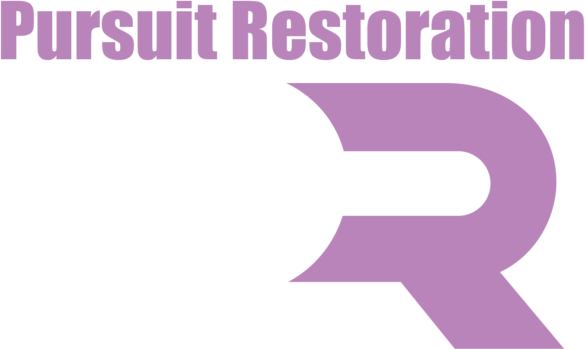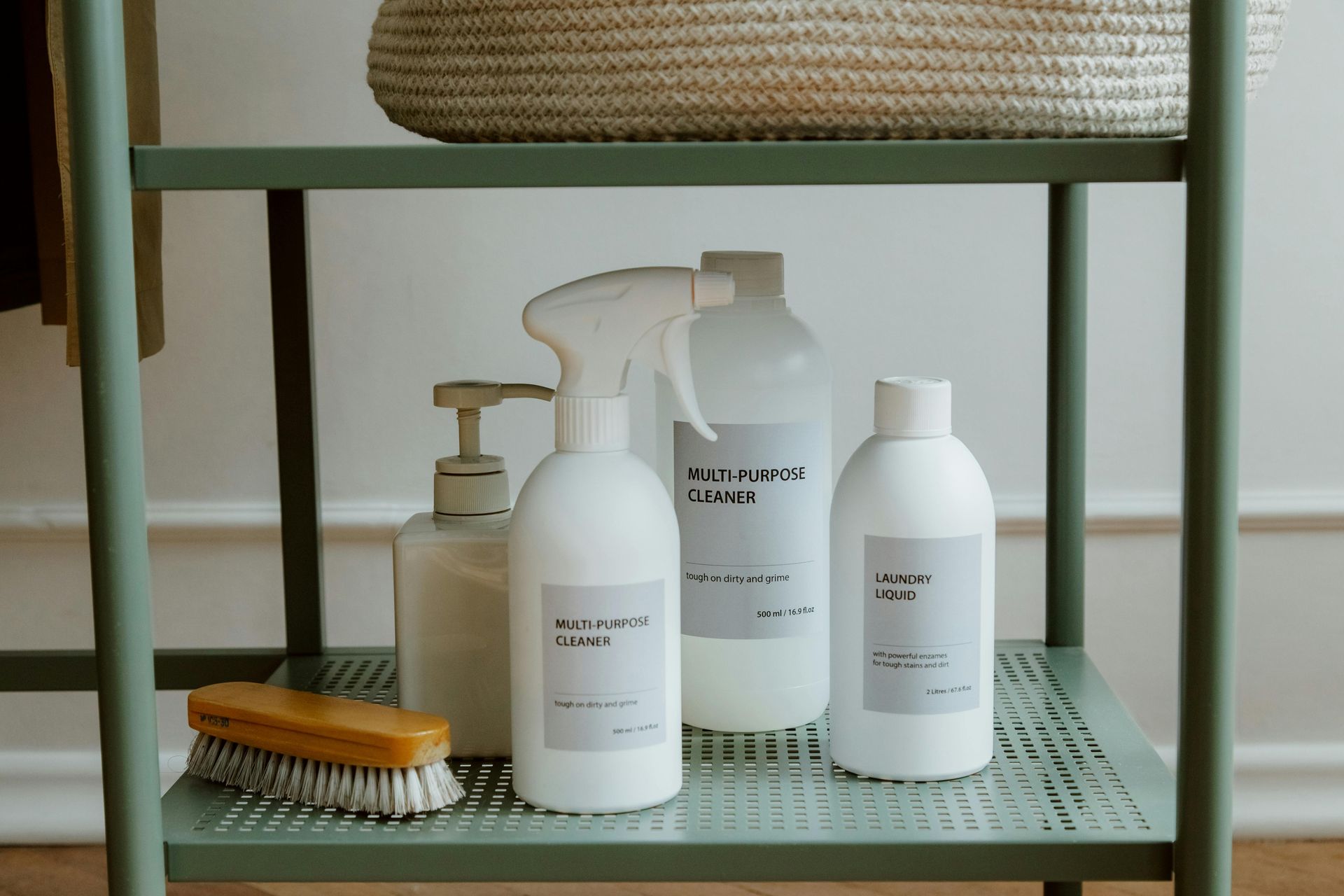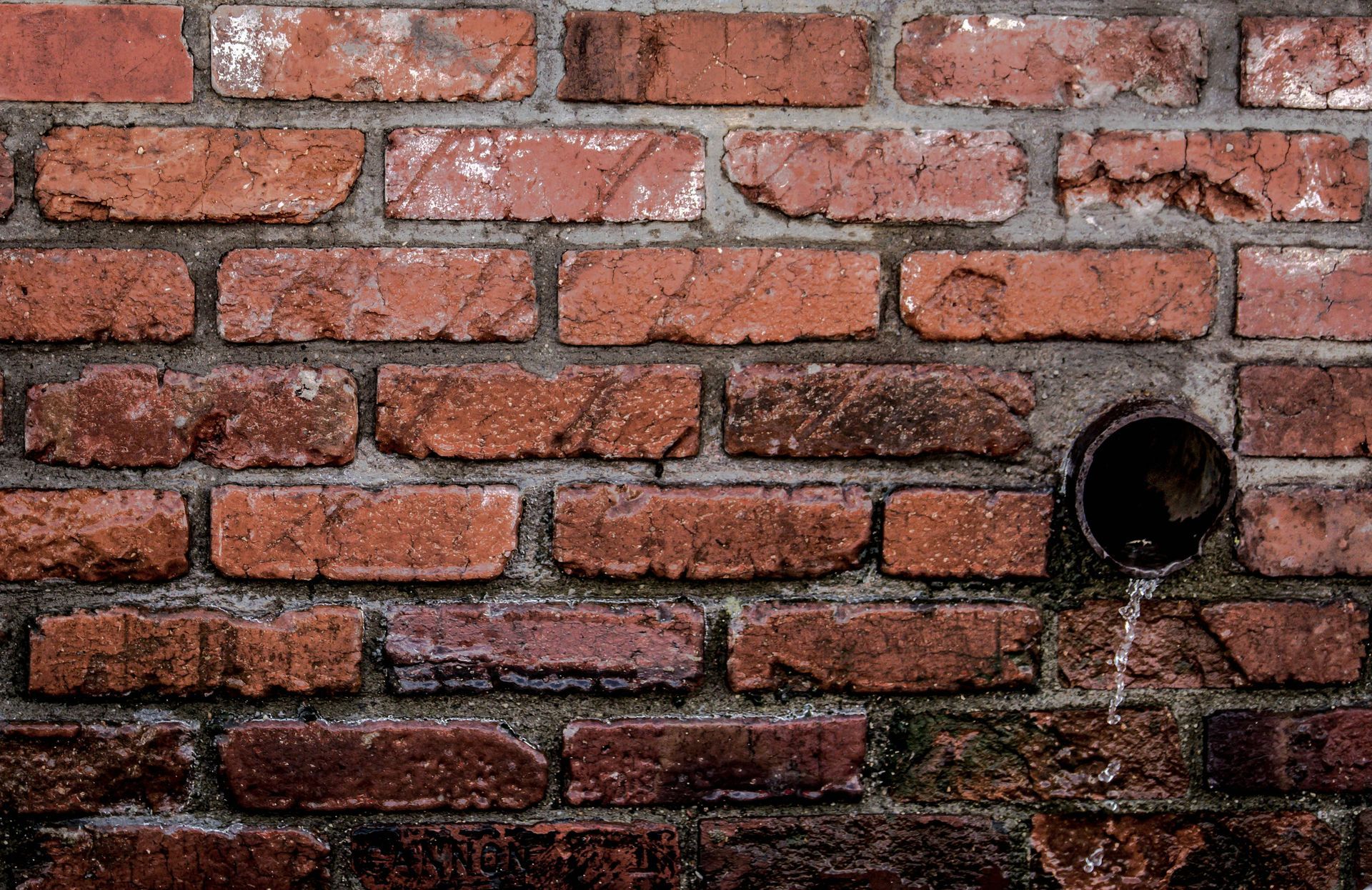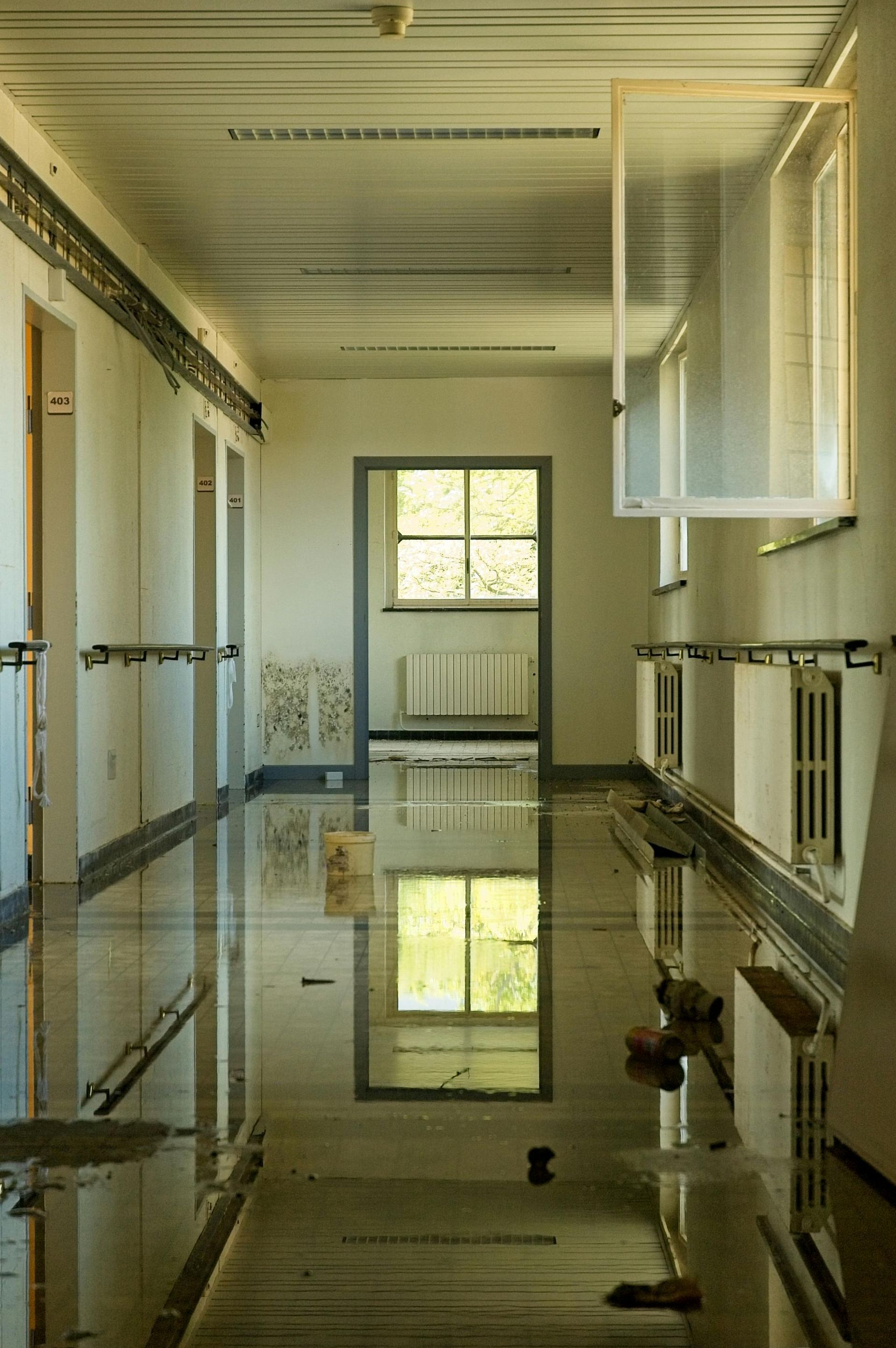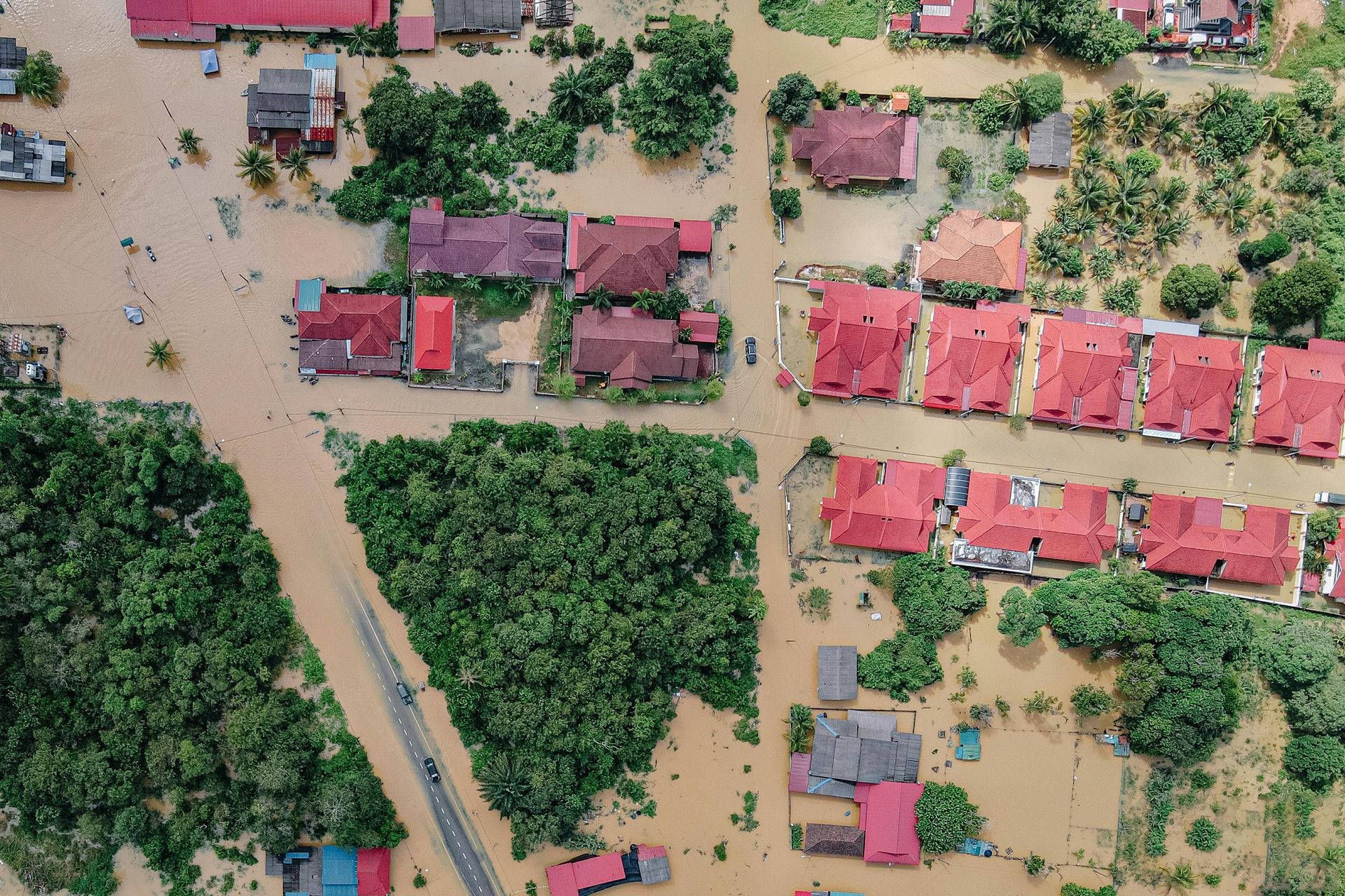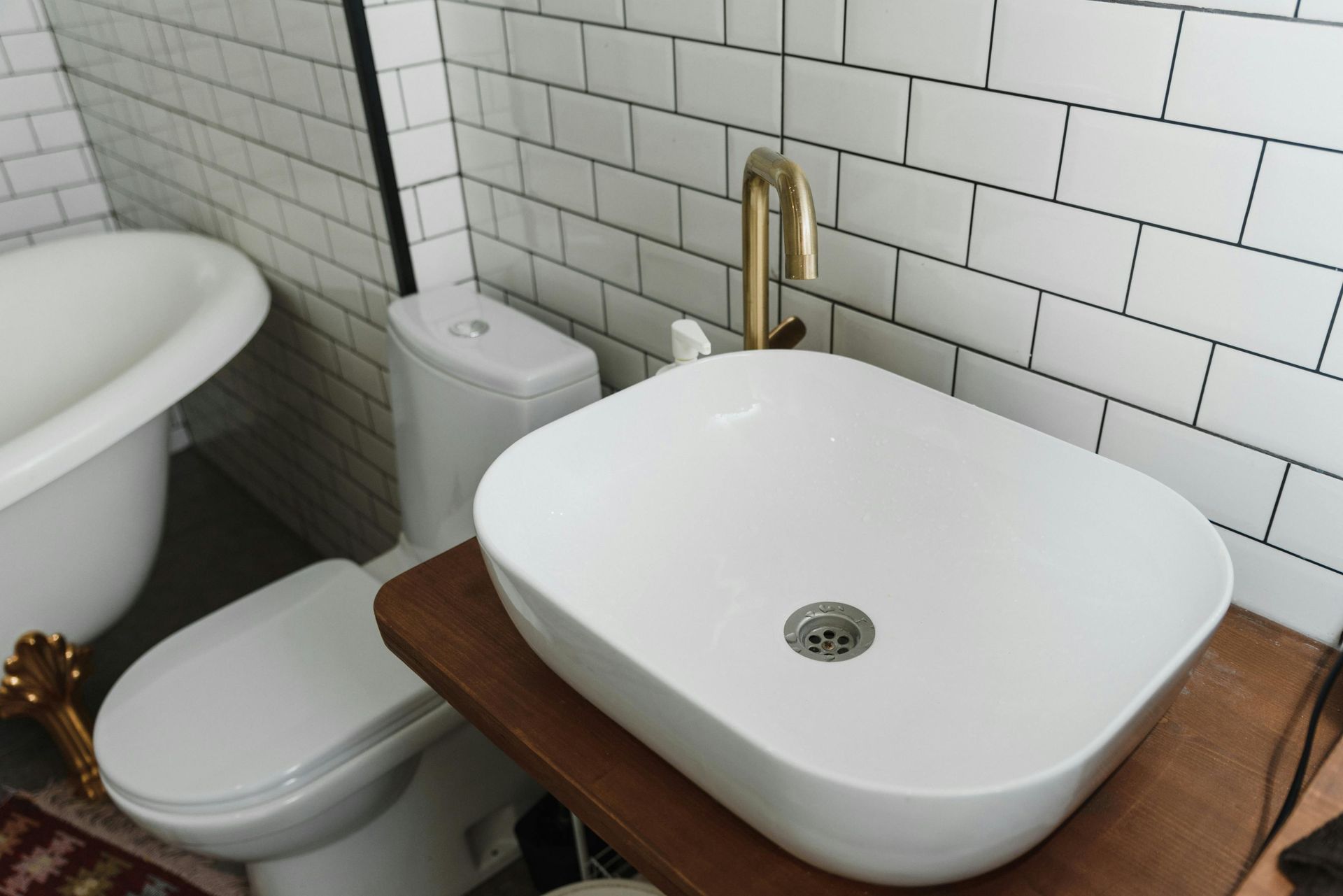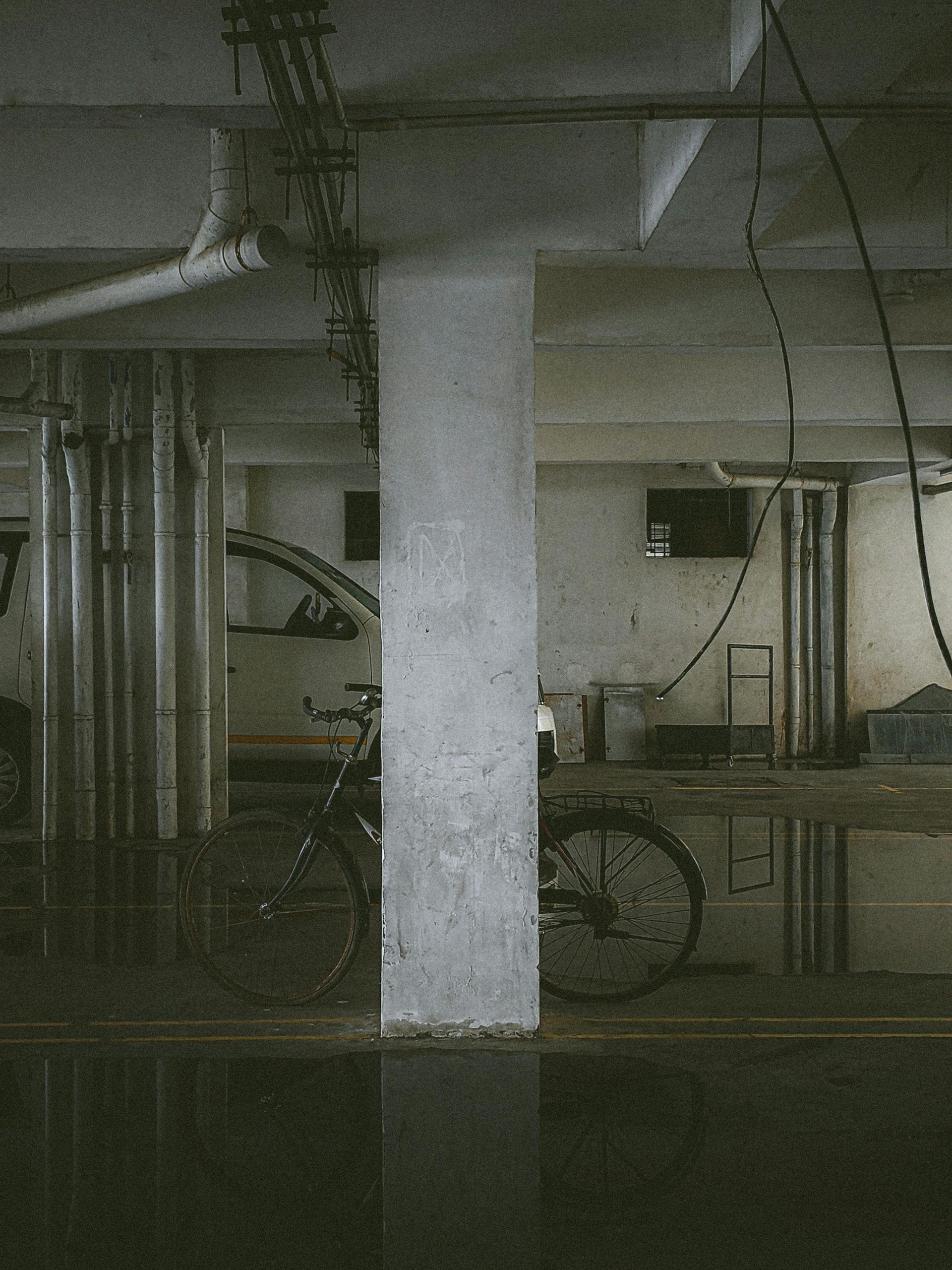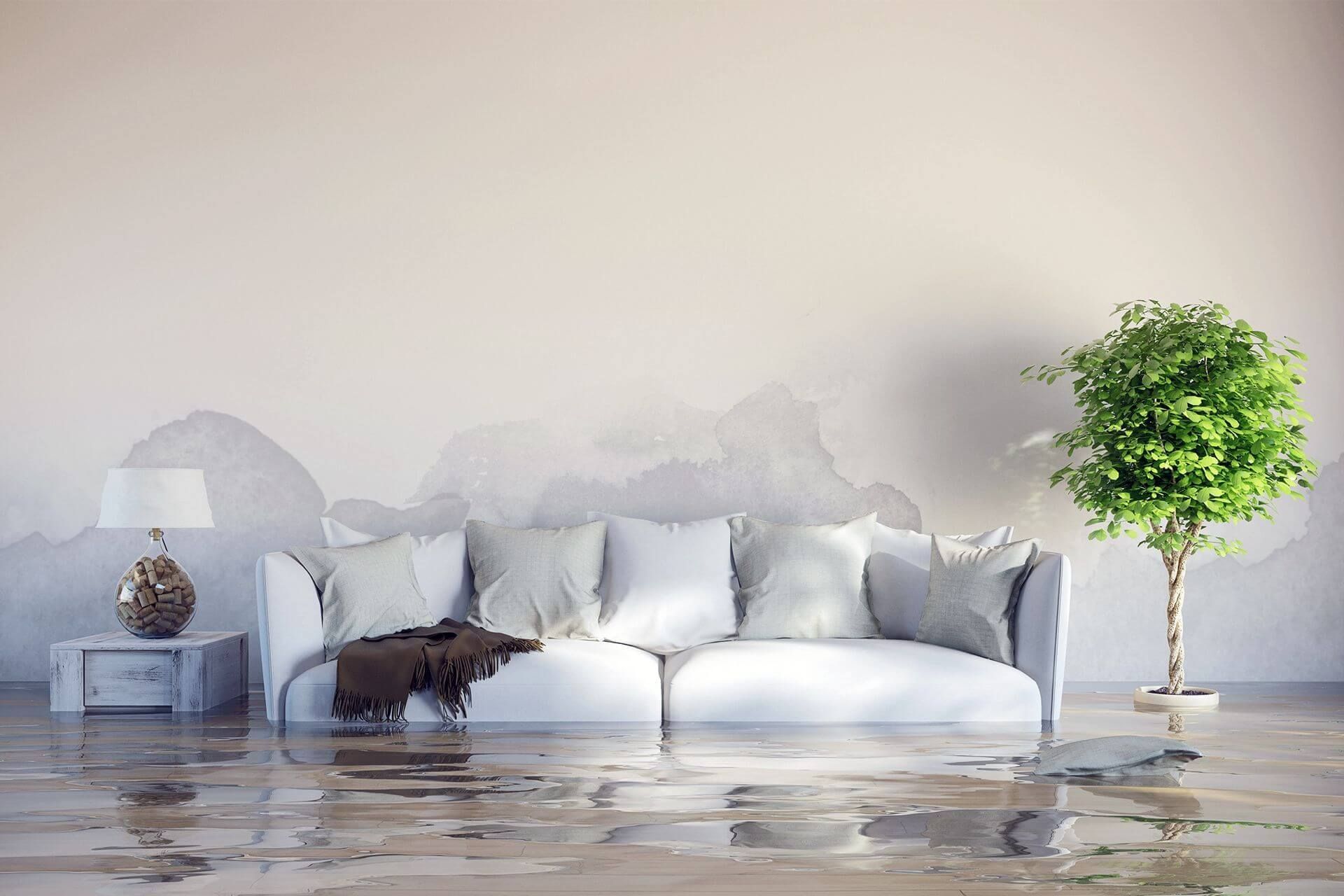How to Deal with Water Damage: Essential Steps for Immediate and Long-Term Recovery
Water damage can turn a normal day into a major household crisis. A burst pipe, heavy rain, or even an unnoticed leak can cause serious problems in just hours. If water is left to spread, it can weaken your home’s structure, ruin furniture, and spark mold growth that threatens your health. In cities like Boise, where sudden weather changes and winter pipe bursts are common, the risk is even higher.
The good news is that the right steps, taken in the right order, can limit the damage and protect your property. This guide will walk you through clear, practical steps, from emergency actions right after water damage happens to long-term recovery and prevention. By the end, you’ll know exactly how to respond when water threatens your home or business.
Key Takeaways
- Water damage spreads fast and can cause serious problems like mold and structural damage if you don’t act quickly.
- The first things to do are stop the water source and make sure everyone is safe by turning off electricity and gas if needed.
- Check all damaged areas carefully and take lots of pictures to help with insurance and repairs later.
- Get rid of standing water fast and dry everything thoroughly to stop mold before it starts.
- Calling professionals and doing regular maintenance can save you time, money, and stress in the long run.
Step 1: Stop the source of water
Stopping the flow of water is the most critical first step to prevent further damage. Without stopping the source, water will keep spreading, making cleanup and repair harder and more expensive.
To do this, locate your main water shutoff valve, usually found near your water meter, basement, or utility room. Turning off this valve stops water from the entire property. If the leak or burst is from a specific appliance or section, try to find and close that specific shutoff valve instead.
In cases where water comes from external flooding, like heavy rain or river overflow, you can’t stop the source directly. Instead, focus on damage control by moving belongings to higher ground and blocking water entry points where possible.
Step 2: Ensure safety of occupants and property
Safety is your top priority when dealing with water damage. Water near electrical systems can be deadly, so it’s important to act quickly before assessing or cleaning up.
Start by:
- Turning off electricity at the main breaker if water is near outlets, appliances, or wiring.
- Shutting off the gas supply if you smell gas or suspect a leak around flooded areas.
If flooding is severe or the water is contaminated with sewage or chemicals, evacuate immediately. Contaminated water poses health risks through direct contact or airborne bacteria.
To protect what you can, move valuable items, important documents, and electronics to dry, safe places if it’s safe to do so.
Step 3: Assess and document the damage
Once the water is stopped and it’s safe to enter, start by carefully inspecting the affected areas. A thorough assessment is crucial to understanding the full extent of the damage and planning repairs. Look for visible signs such as:
- Wet or stained walls and ceilings that might indicate deeper water infiltration.
- Warped, buckling, or discolored floors showing water absorption.
- Damaged furniture, appliances, and personal belongings that may need repair or replacement.
- Dampness or moisture in hidden areas like under carpets, behind baseboards, and inside cabinets.
Document everything by taking detailed photos and videos from multiple angles. These will support insurance claims and help restoration professionals plan effective repairs. Write down notes on what is damaged, including specifics like water stains, mold spots, or structural weaknesses.
Step 4: Remove Excess Water
Removing standing water quickly is essential to stop further damage and prevent mold growth. The longer water remains, the more it weakens building materials and increases the risk of health hazards.
Common ways to remove excess water include:
- Using mops and buckets for small puddles or light flooding.
- Employing wet/dry vacuums to extract larger amounts of water from floors and carpets.
- Engaging professional water extraction companies that use powerful pumps and specialized equipment for serious flooding.
Make sure to remove water not just from floors but also from furniture cushions, cabinets, and other areas where it might be trapped. Acting fast reduces drying time and limits damage. Professional water mitigation services are especially critical when dealing with flood damage, as they can quickly extract large volumes of water and prevent secondary damage to your water-damaged property.
Step 5: Dry and dehumidify the area
Completely drying the affected space is critical to prevent mold growth and structural problems. Even after water removal, moisture often remains trapped in walls, floors, and furniture.
To speed the drying process:
- Use fans to increase air circulation and evaporate moisture.
- Run dehumidifiers to pull water vapor from the air and surfaces.
- Open windows when weather allows to improve ventilation and bring in fresh air.
Pay close attention to hidden areas such as inside walls, under flooring, and in crawl spaces where moisture can linger unseen. Professional drying equipment may be needed to reach these spots. Consistent drying over several days is key to stopping mold before it starts.
Step 6: Clean and disinfect affected surfaces
After drying, it’s important to thoroughly clean all surfaces to kill bacteria, mold spores, and other harmful organisms. This step is especially vital when water is contaminated, such as floodwater carrying sewage or chemicals.
For cleaning:
- Use EPA-approved disinfectants and cleaners on walls, floors, furniture, and belongings.
- Remove and safely throw away porous materials like drywall, insulation, carpeting, and ceiling tiles if they are heavily damaged or contaminated.
- Wear protective gear such as gloves, masks, and goggles to avoid contact with harmful substances during cleanup.
Cleaning not only protects your health but also reduces the chance of mold returning and worsening indoor air quality.
Step 7: Contact professionals and insurance
For large-scale or hazardous water damage, professionals provide crucial expertise and equipment to restore your property safely and effectively. They can perform detailed inspections, advanced drying, mold remediation, and structural repairs.
At the same time:
- Notify your insurance company promptly and provide them with detailed documentation, including photos, videos, and damage lists.
- Follow their instructions carefully to ensure your claim is processed smoothly and covers necessary repairs.
- Keep records of all communications, receipts, and professional reports related to the damage and repair work.
Working with trusted restoration experts and your insurer can speed recovery and reduce long-term problems caused by water damage.
Step 8: Prevent future water damage
After recovery, prevention is the best strategy to avoid future water damage emergencies. Regular maintenance and smart upgrades protect your home or business from costly repairs down the road.
Try these prevention tips:
- Schedule routine plumbing inspections to catch leaks or worn pipes early.
- Clean gutters, downspouts, and drains frequently to ensure water flows away properly.
- Install water leak sensors that alert you at the first sign of trouble.
- Use sump pumps in basements or low areas vulnerable to flooding.
- Fit backflow valves to prevent sewer backups during heavy rain.
- Ensure proper grading and drainage around your property to direct water flow away from foundations.
By taking these steps, you’ll reduce risks and be better prepared for unexpected water challenges.
Understanding Water Damage Repair Timelines
The timeline for complete damage repair varies depending on the severity and type of water damage. Minor leaks may take just a few days to dry and repair, while major flooding can require several weeks of restoration work. Working with professionals helps ensure repairs are done correctly and completely, preventing future problems.
Quick Action and Smart Prevention are Key
Dealing with water damage requires swift, organized steps to limit harm and protect your home or business. Starting by stopping the water source and ensuring safety lays the groundwork for a successful recovery. Careful assessment and documentation help you understand the damage and support insurance claims. Removing excess water and thoroughly drying the area stop mold growth and structural problems before they take hold. Cleaning and disinfecting keep your environment safe and healthy.
When damage is severe, professionals bring the expertise and tools needed for complete restoration. Notifying your insurance early and maintaining clear records ensures your claim process runs smoothly. Finally, ongoing prevention through regular maintenance and upgrades guards against future water damage, saving you stress and money.
Following these essential steps gives you control during a stressful time and helps rebuild a safe, dry space ready to withstand whatever comes next.
Get Expert Help Fast with Pursuit Restoration
When water damage strikes, time is critical. Pursuit Restoration in Boise offers fast, professional water damage cleanup and repair services to protect your property and health. Their experienced team handles everything from emergency water extraction to mold remediation and full restoration, giving you peace of mind through every step of recovery.
Don’t wait until small problems turn into costly repairs.
Schedule a service online now or call
(208) 515-6503 to learn more about how Pursuit Restoration can help you recover quickly and prevent future damage.
